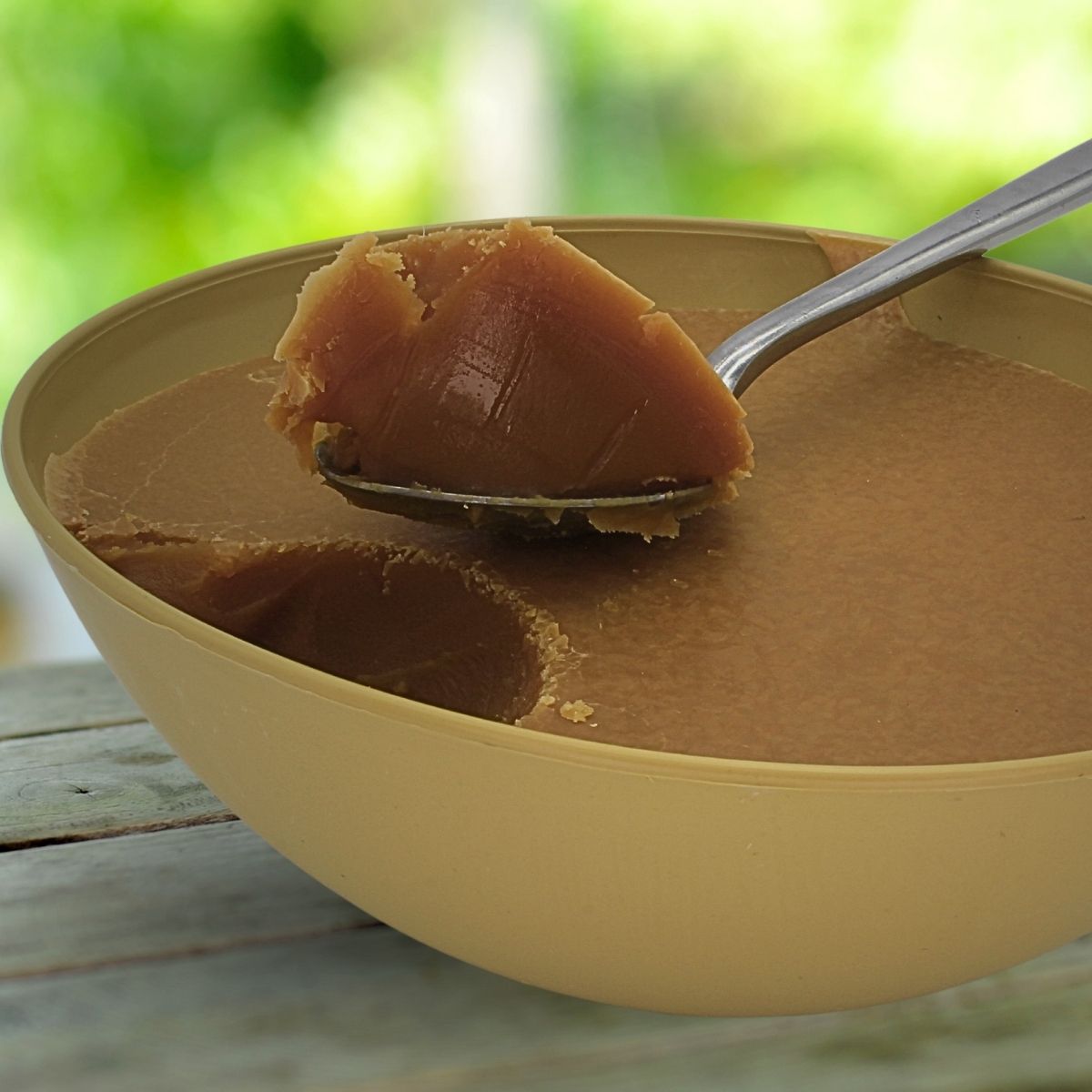The manjar blanco, known as Manjar in Peru, has a long-standing tradition in this country. Discover its origin, learn about your recipe, and join us to try it.

Manjar Blanco: traditional Peruvian dulce de leche cream recipe. Image credits to productosjardin.com
History of Peruvian Manjar Blanco
The manjar blanco originated from the colonial period. Like so many other desserts, it was the Spaniards who brought him to Latin America.
In Peru, through the work and talent of its people, a unique evolution occurred, transforming a desert into various productive uses.
The manjar blanco arrives in Peru at the viceroyalty and extends to all the territories of America conquered by the Spaniards. This is how, from the original version, the dulce de leche and arequipe arise. Typical desserts of other Latin American countries.
So, the difference between white delicacy, arequipe, and dulce de leche is its caramel texture that characterizes it. On the other hand, the recipe has its variants in each country. Currently, many pastry chefs prefer to use condensed milk and evaporated milk, which implies a significant difference in preparation.
It is not necessary to have a special pot to prepare this delicate white dish. What matters is that it is non-stick, allowing you to work with it more easily. And the important thing is that you have the disposition, time, and patience to achieve this exquisiteness of Peruvian cuisine. Please follow the recipe provided here.
Peruvian Manjar Blanco Recipe
The manjar blanco in Peruvian pastries is usually used as a filling in alfajores, tarts, and the famous King Kong. From the delicacy of the colony to our day, there are some differences in the preparation and use of some ingredients. The creativity that characterizes Peruvian cuisine is evident in this dessert.
Ingredients
- Four cups of fresh whole milk.
- Half a teaspoon of sodium bicarbonate.
- 250 grams of white sugar.
- Half a teaspoon of vanilla essence.
Preparation
- Heat the milk in a large pot. As soon as the boil breaks, lower the fire and start beating.
- You must immediately add bicarbonate very carefully.
- This will cause abundant foam to form, which is why it is convenient to remove it so that the milk is not constantly spilled.
- As soon as the volume is reduced, add the sugar and slowly stir until it is dissolved.
- Cook over low heat, taking it off the heat periodically.
- The ideal point is to find the balance between removing only the precise amount so that the milk does not spill and is not burned too much.
- It is about the fact that the necessary time is to evaporate the liquid and caramelize the sugar.
- In the next twenty minutes, please be patient, and you will see how the mixture slowly changes its color and becomes more creamy.
- It is barely slightly golden and thickens; it is time for you to stir slowly and constantly so that you avoid burning.
- The white delicacy, which you have achieved with the recipe we offer you today, has multiple uses in the Resposteía, although it can be enjoyed on its own.
- In general, it is a fundamental ingredient in a very varied range of pastry and pastry preparations.
Where to eat the manjar blanco
In Lima
Fausta Pastery Peruvian. You can find this highly qualified pastry chef at Jirón Pedro Conde 472, Lince 15046, Lima.
Dulceía Rosita: Renowned for its long-standing presence in the market and its traditional desserts, it is located at Jirón Cabo Nicolás Gutarra 398, Lima 15084.
In Cusco
Café Ayllu: This emblematic and pleasant coffee shop is located at Almagro Street 133 in Cusco.
Deli Monastery: You will find this place, with its delicate and excellent decoration, located at Calle Plazoleta Nazarenas 337 in Cusco.
In Machu Picchu
Sweet salty tao: This pastry and dulceía is located in the Empire of the Incas, 520, Aguas Calientes, 08681.
Café pastelería dulce pecado
Well known for its wide variety of products. You can live in JR, CA. Collasuyo No. 200, Aguas Calientes.
Image credits to Limaeasy.com






